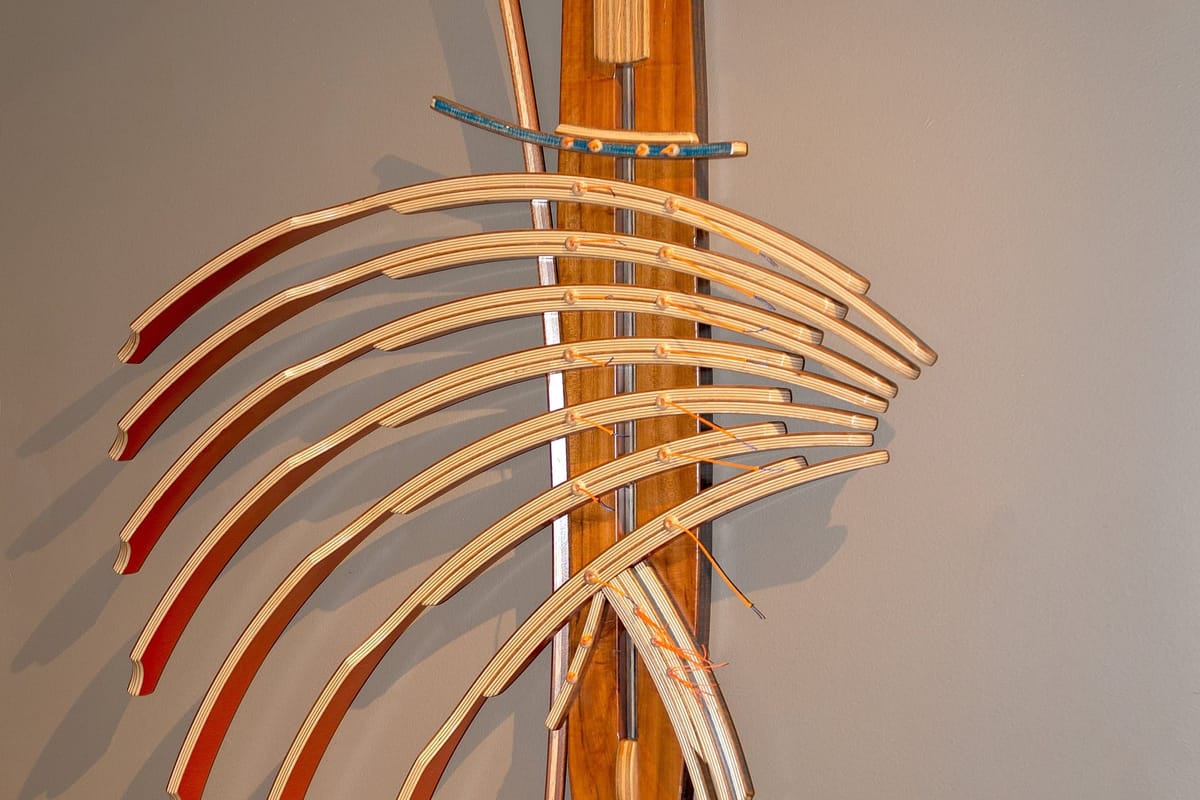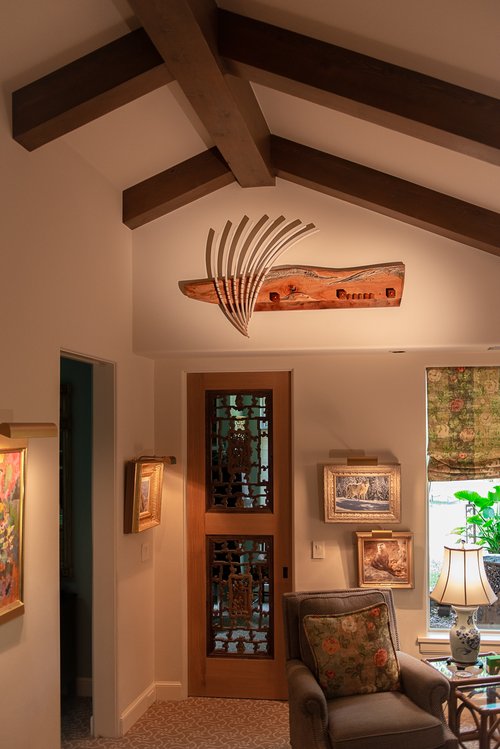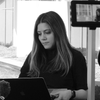
Rick Brunner was introduced to woodworking by his father, to art by his mother and to the fascination with nature that would fuel his combination of those interests by his childhood wandering the woods and fields outside his native New Orleans. His sculpture and furniture have been exhibited in museums and galleries across the country — including Oklahoma City’s Howell Gallery — for the past 35 years. In our conversation, Brunner spoke about his creative process and inspirations, his preferred materials, the meaning of art and more.
When and how did your interest in art begin?
I was born and grew up on the outskirts of New Orleans, spending much of my time in the undeveloped woods and fields building “Tarzan” hangouts and “Cowboy and Indian” hideouts — certainly not realizing it then, but absorbing all of the incredible shapes and forms that nature had created. Both of my parents were “tinkerers.” My first formal art class was not until college, [and] at that point my entire life’s vision changed dramatically. I felt excited and secure in the knowledge that art could actually be a career.
Tell us about the creative process — what is the part that you enjoy the most?
The creative process is both fun and fickle. There is nothing more satisfying than allowing whatever powers that be use me as a conduit in order to bring something that begins as only a vision to fruition. As long as I realize that I am only the vehicle for the manifestation and relax and allow it to take its course, all is well. The fickle part comes in when ego enters the scene and I actually think I am in charge of what is going to happen. At that point, it becomes a battle. It is very difficult as an adult to remain as open and forgiving as a child. But that is when the magic happens.
Your work is a beautiful marriage of functionality and art. How has it evolved throughout the years? Where do you see it going?
When I go back to my early formative years, even then I admired quality craftsmanship. My early teachers expected it — even demanded it. However, the learning of woodworking techniques came only through self-experimentation, trial and error. Finally, now, much of it comes as second nature. Once a full vocabulary of full techniques is learned, it opens many doors. My work has probably gotten more technically complex, but only as needed to accomplish the task and manifest the idea.
Tell us about the materials you use. What is your favorite wood, and what is special about it?
In concept, most pieces start out somewhat ambiguous, with only a vague idea of the final form. As the process evolves, the piece — I hope — develops its own personality. I predominantly use hardwoods in my sculpture, but also incorporate other materials such as metal, leather and fiber. Walnut, mahogany, ebony and cherry all offer their own contribution through unique color, texture and grain pattern.
I think cherry may be my favorite wood to work with. It is a very strong, feminine wood with a beautiful aroma when worked. Most of the cherry slabs I have been working with were harvested on my property only after storm blow-downs. I usually begin with a single piece of wood that somehow spurs my imagination. The excitement about the material is that every single piece has its own intrinsic qualities. I proceed in much the same way as a chef does with food and spices, or maybe a songwriter does with song and melody. The challenge is to assemble the right grouping, hoping to let the magic develop out of the composition. Sometimes there’s a struggle to balance; other times the inspiration comes like a flood.


What is your favorite piece you ever created, and what has been the most challenging one?
It is very difficult to say which piece is my favorite. Certainly, one would be the first piece I executed years ago, because the joy it created in me was untouchable in that it blew my world wide open. Another would be the last piece I created, as it must be the culmination of who I am now. My work is in five different museum collections across the country as well as in numerous corporate and private collections. I suppose I love all of my “children” — even the ones who challenged me the most.
Tell us about your next project.
As I proceed from here, even after 45 years, I remain excited about going to my studio. I don’t have a real blueprint of the next series, but I enjoy the beginning phase of development in that it offers a wide open arena to work in, where anything can happen. I can only hope that as the next piece is finished, it finds the proper admirer who receives as much joy and excitement from it as I do. I hope, like all successful art, it becomes a catalyst for contemplation.
What does art mean to you?
I live on 140 wooded acres and still enjoy being that little boy completely enamored with discovering all of the magical forms in nature. As far as the meaning of art … I hope the viewer’s imagination runs as wild as mine as they encounter my work.

